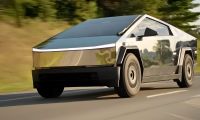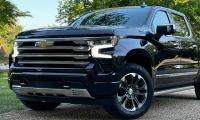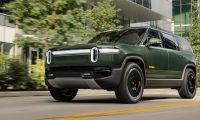Tesla came clean with its Model 3 delivery results today and it is not a pretty picture. Despite Elon Musks tweets that production would "Increase exponentially" after the introduction of the Model 3 in late July, it has not. Nor has the production come anywhere close to the 5,000 per week that Musk tweeted on July 3rd would be made by December. Rather, the entire quarter's Model 3 deliveries amounted to just 1,550 cars. Estimates are that just 1,060 of those were delivered to customers in the U.S. in December.
Tesla also confirmed in a statement to the press that it is now six months behind schedule with the expected 5,000 per week Model 3 production rate pushed out until the "...end of Q2." Tesla claims that vehicle deliveries are not the only way the health of Tesla, Inc.'s car business should be judged, saying, "Tesla vehicle deliveries represent only one measure of the company’s financial performance and should not be relied on as an indicator of quarterly financial results, which depend on a variety of factors, including the cost of sales, foreign exchange movements and mix of directly leased vehicles."
Between now and the end of June 2018, Tesla predicts that it will soon settle into a 1,000 car per week production and delivery rate and then ramp to about 2,500 per week in late Q1. If that becomes true, and Tesla has never been correct about delivery projections in the past, the Model 3 will eventually overtake the Chevy Bolt as the top-selling battery electric vehicle. The Bolt has seen steady growth in sales and with 3,227 units sold in December was on-track to be number one in the U.S. EV market.
Tesla's Model 3 launch problems are not limited to just reducing that model's sales. Tesla confirmed again that the Model 3 is acting as a brake on the Model S and Model X, though it is hard to see the results of that since those models have been seeing a very flat growth curve for some time. Tesla said, "As we previously indicated, we slightly reduced Model S and X production in Q4 because of the reallocation of some of the manufacturing workforce towards Model 3 production, which also caused inventory to decline."
The Model S was slightly behind last year's numbers and the Model X slightly above.












